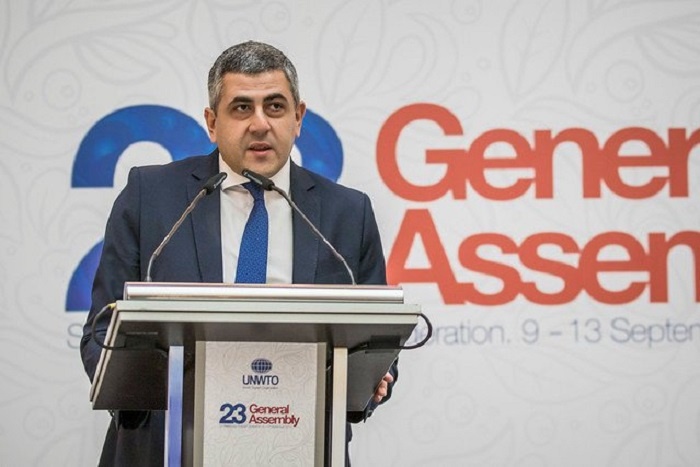
Breaking Travel News investigates: UNWTO General Assembly, St Petersburg, Russia
It can be hard to believe St Petersburg, the cultural capital of Russia, is just 300-years old.
The grand city, with its magnificent boulevards, palatial dwellings and smattering of world-class architecture, has certainly packed a great deal of history into its short existence.
Notably, it was home to Catherine the Great, and her magnificent art collection, while it also provides the backdrop for perhaps the most famous work of Russian literature, Dostoevsky’s Crime & Punishment.
Most notoriously, it was the home of the Bolshevik revolution, with two convulsions in 1917 setting the course for a near century of Soviet domination in Russia.
With such an austere past, and so much to see, the city provided an excellent backdrop for the twenty-third session of the United Nations World Tourism Organisation – General Assembly.
ADVERTISEMENT
Taking place in early September, the biennial-event welcomed over 1,500 representatives from more than 130 counties for discussions on the future of the hospitality industry.
The show is considered the preeminent event for global tourism, and comes at a crucial time for the sector.
According to the latest Tourism Barometer from the UNWTO, international tourist arrivals for the first six months of 2019 totalled 671 million.
This represents a four per cent increase on the same period of 2018.
At the same time, guided by the UNWTO, tourism has emerged as a key pillar of the sustainable development agenda, identified as a powerful driver of economic growth, job creation and the preservation and promotion of cultural and natural heritage.
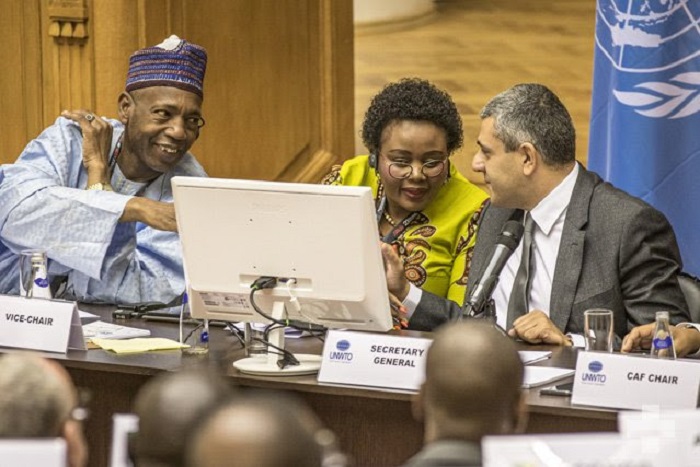
As UNWTO secretary general, Zurab Pololikashvili, explains: “Tourism is undoubtedly a leading economic sector of our time.
“Tourism not only supports millions of jobs worldwide; it also helps urban and rural economies and promotes peace and understanding between peoples.
“The general assembly reflects the importance of our sector and I look forward to welcoming leaders from around the world and working with them to identify ways tourism can continue to be a global force for good.”
Reflecting the significance of the event, the UNWTO general assembly was held at several of St Petersburg’s most prestigious venues, including the Peter & Paul Fortress, the Catherine Palace and the Mariinsky Theatre.
Zarina Doguzova, head of the federal agency for tourism, Russia, added: “The UNWTO General Assembly is a great and eagerly-awaited event.
“For Russia, it represents a unique opportunity to highlight our country’s tourism potential and share our plans to develop tourism in accordance with best international practices.”
On the agenda this year were the growth of medical tourism around the world and the role tourism can play in sustainable development.
Sixteen events, across four days – including business meetings, conferences and panel discussions - allowed members to come together to discuss the global challenges facing the tourism sector.
Acting governor of Saint Petersburg, Alexander Beglov, added his voice and said: “Every year Saint Petersburg is receiving more and more guests, who are coming to enjoy the beauty of the city and visit our magnificent palaces, parks and theatres.
“Alongside our history and heritage, we are also busy developing other areas of our tourism sector, including events and conventions and health and wellbeing tourism.
“St Petersburg has prepared extensively for this general assembly.
“We will hold a number of meetings between representatives of the Russian Federation and our colleagues in tourism from around the world.”
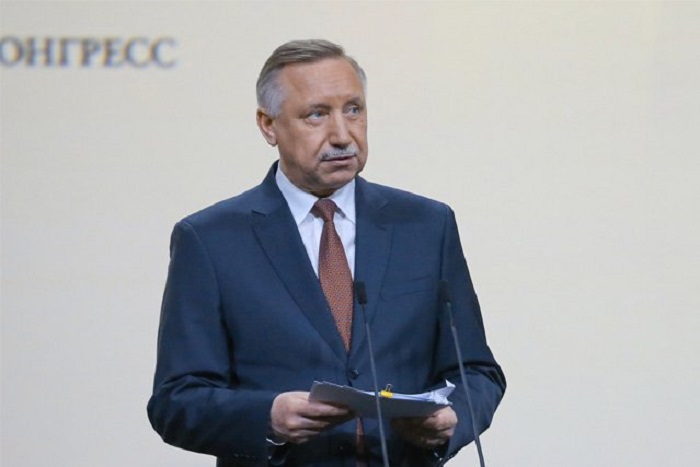
During the ministerial debate - and with 65 tourism ministers in town, the event was of the highest calibre - on education and employment, Portugal was held up as a shining example of how to get things right in the tourism sector.
“The key to overcoming a difficult period,” Ana Mendes Godinho, secretary of state of tourism for Portugal, told the conference, “is to put all your eggs in one young, new, digital basket.”
Mendes explained that younger generations were encouraged to set up businesses in the tourism sector in Portugal.
This has seen the number of tourism experiences on offer in the country increase from 2,000 to 10,000 in a ten-year period, she added, with unemployment conversely falling.
The minister attributes the country’s success to Turismo de Portugal’s Tourism 4.0 initiative, “which helped to align everyone to a common strategy”.
Under this initiative, the national tourism organisation acts as an advisory body and coordinator by promoting the establishment of alliances and partnerships between the different agents, facilitating the access to funding and offering training and strategic advices to small- and medium-sized enterprises.
As a result, several initiatives have been launched since the creation of the programme, contributing to the fostering of an active entrepreneurial environment in Portugal.
This strategy is starting to be echoed in St Petersburg, where boutique hotels such as the Kentron are popping up.
Catering for a younger generation of traveller, the property has quirky personal touches with art in each room.
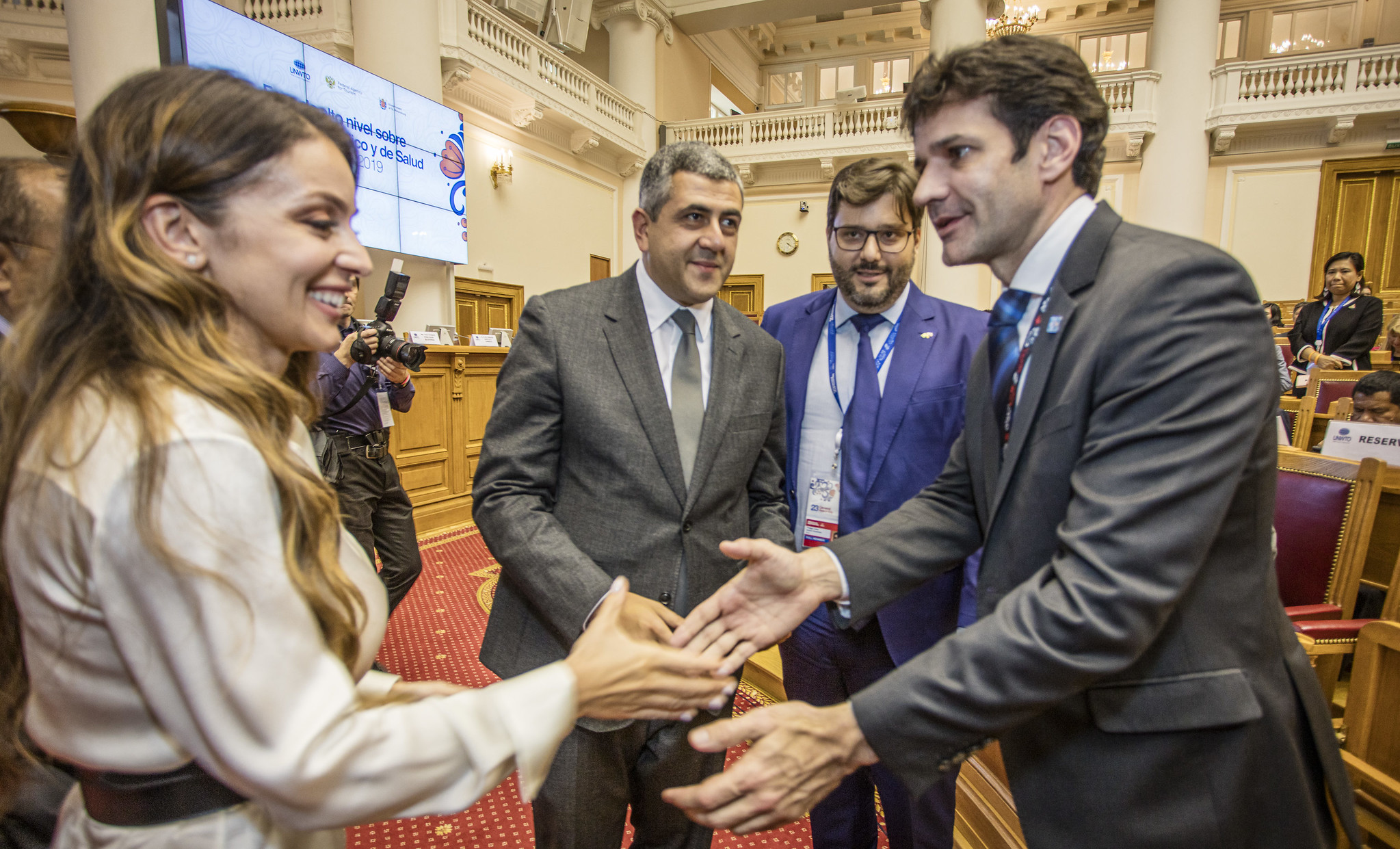
Embracing technology was a second key theme to the UNWTO conference.
Boris Yeltson’s Presidential Library is still being developed as a tourist destination, but currently boasts around 800,000 documents from Russia’s far- and recent-past, covering everything from science, language and literature to politics, religion and geography.
This giant archive can now be accessed digitally, by anyone wishing to apply.
Unfortunately for international tourists, there are no translations available, which is also the case with the small museum that focuses on recent political history.
During our visit, our tour guide took us around the building pointing out replica portraits and details as he went.
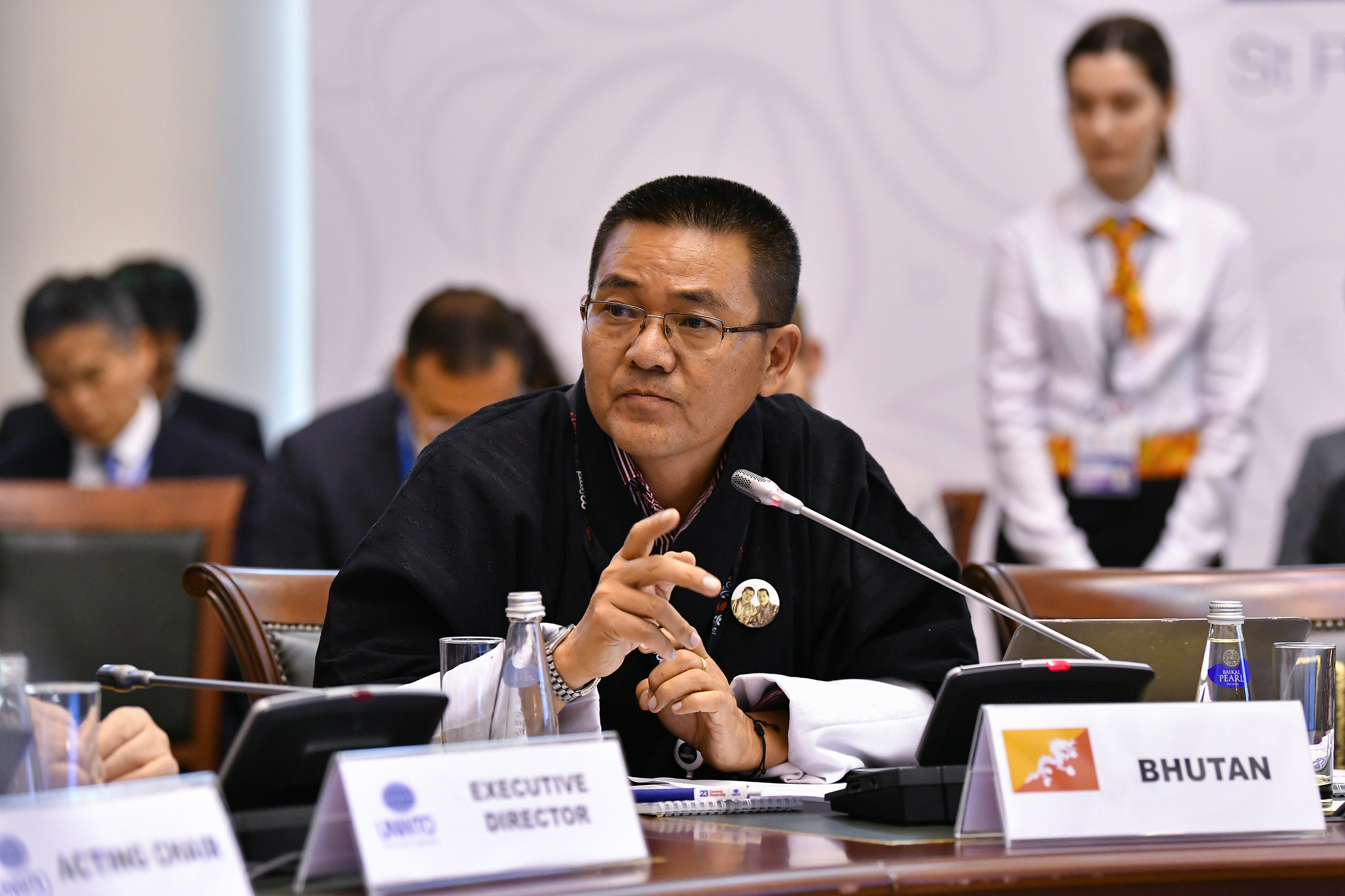
The latest UNWTO World Tourism Barometer also provided much to digest during the event.
Officially released on eve of the general assembly, the research showed rising arrival numbers across the world.
According to the data, international tourist arrivals grew by four per cent between January and June this year, when compared to the same period of 2018.
Destinations worldwide received 671 million international tourist arrivals over these six months - about 29 million more than in the same period of 2018.
This represents a continuation of the five per cent growth recorded last year, though more in line with historical trends.
Breaking the figures down by region, the new barometer shows that growth was led by the Middle East (up eight per cent), Asia and the Pacific (both up six per cent).
International arrivals in Europe grew four per cent, while Africa (up three per cent) and the Americas (up two per cent) enjoyed more moderate growth.
More specifically, Europe grew four per cent in the first six months of 2019 after a remarkable six per cent increase in 2018 and nine per cent in 2017.
A positive first quarter was followed by an above-average second quarter with strong months of April (up eight per cent) and June (up six per cent), reflecting a busy Easter and start of the summer season in the world’s most visited region.
Intra-regional demand fuelled much of this growth, though performance among major European source markets was uneven, amid weakening economies.
Demand from overseas markets such as the USA, China, Japan and the Gulf Cooperation Council countries also contributed to these positive results.
Expanding on the figures, the barometer revealed that strong economies, more affordable air travel, increased air connectivity and better visa facilitation continue to drive demand for travel abroad.
At the same time, however, short-term outlook remains cautious according to the UNWTO Confidence Index.
Indeed, weaker economic indicators, the prolonged uncertainty about Brexit, trade and technological tensions, rising geopolitical tensions, may take a toll on business and consumer confidence.
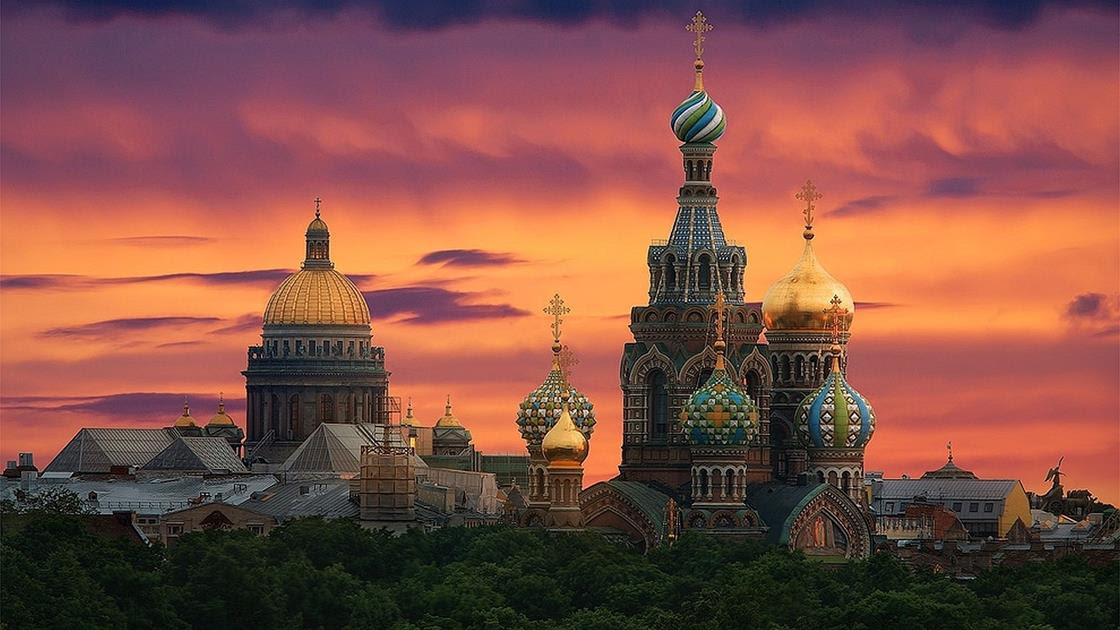
While we were in town, there was a chance to take a look at the many remarkable sights in the city.
The historic centre of St Petersburg is small and accessible - wide avenues are flanked by Neo-Classical buildings in the baroque style.
The very middle is classified as a UNESCO World Heritage Site and, if you are willing to put the miles in, St Petersburg is a very walkable city.
Flat, with pedestrian access everywhere, a stroll around is rewarded by views of beautiful bridges over the River Neva, while picturesque boulevards open onto large parks and splendid squares.
For western European travellers, street signs are also in the Latin alphabet – unlike in Moscow – so navigating is that much easier.
Sadly, it does rains 300 days a year and can get down to minus ten degrees in the winter!
But, when the sun comes out, the pastel-coloured baroque buildings and shimmering golden onion-shaped roofs are stunning.
There are over 200 museums in the city, including the second largest in the world, the State Hermitage.
It would take eight years (without a day off) to see every artefact in the museum for two minutes each – so my few hours were a tad inadequate, but a visit is a must.
Six historic buildings, including the beautiful Winter Palace, make up the museum and hours can be lost discovering art and artefacts from across the ages.
Half the fun is getting lost and wandering from opulent gold encrusted chambers to the smaller rooms full of ancient artefacts.
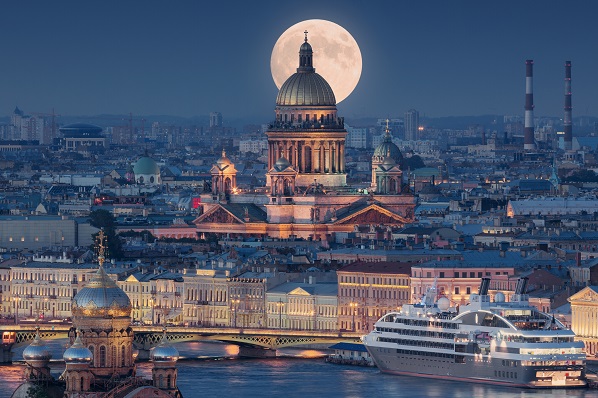
Travel into St Petersburg is about to get a whole lot easier with the introduction of an online visa application process.
Some 54 countries will benefit, the UK included.
The visa will allow entry for eight days without the hassle of surrendering your passport for weeks on end back in London.
January next year will also see the roll out of an extended visa.
St Petersburg currently sees about eight million tourists a year already, half of whom are domestic tourists, while the city was also recognised as World’s Leading Cultural City Destination by voters at the World Travel Awards.
It will be interesting to see how the city adapts to the increase in numbers expected following the visa changed.
Traffic in the centre is already at capacity during the summer months, and roads can be gridlocked and museum queues lengthy.
But St Petersburg is truly a city for all seasons - even in the depths of winter when sub-zero temperatures freeze the Neva, it turns it into a stunning site and thill to walk over.
More Information
St. Petersburg is recognised as one of the largest economic, cultural and scientific centres of Russia.
Magnificent architectural ensembles, beautiful courtyards, splendid parks and unique museums – all are on offer to the interest tourist.
Travellers come from all corners of the world to grasp and appreciate the subtle atmosphere of the Venice of the North, to breathe in the air of this mysterious land of Neva fogs.
The city of Saint Peter was founded by Peter the Great in 1703 and was set to be the “window to Europe”.
Nowadays the city combines Russian and European cultures and traditions in the most extraordinary way.
Find out more about visiting on the official website.
Eleanor Hawkins

